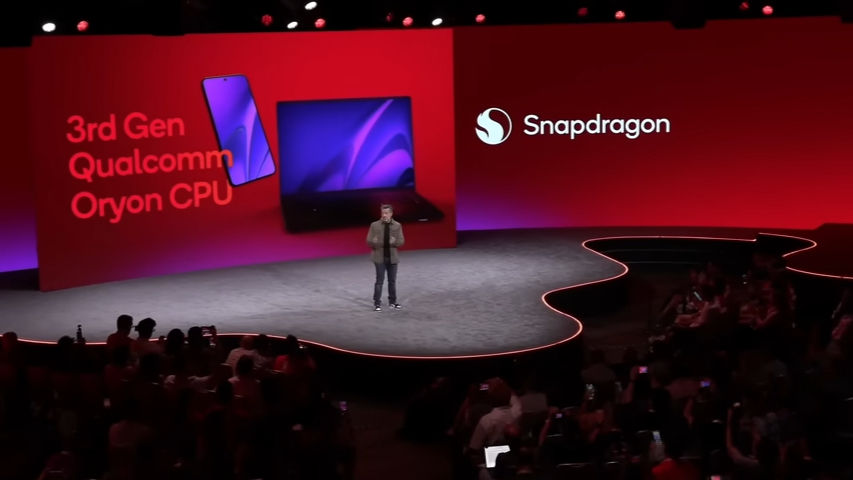Alibaba Group Holding’s new Qwen3-Omni multimodal artificial intelligence system has quickly become the most popular model in the world’s largest open-source AI community, Hugging Face. This achievement highlights the increasing prominence of Chinese open AI systems.

A variant, Qwen3-Omni-30B-A3B, secured the top spot on Hugging Face’s trending model list as of Monday. It was followed by the image editing model Qwen-Image-Edit-2509.
Overall, Alibaba’s open-source models, including a Wan video model and two visual model variants from the Qwen3-VL series, claimed half of the top 10 positions on the rankings.
Alibaba’s cloud computing unit unveiled the Qwen3-Omni series on Tuesday. The organisation described it as the first native end-to-end multimodal system.

This system unifies text, images, audio, and video within one model. Initially launched in April, Qwen3 has expanded into a family of models with various capabilities.
According to self-reported benchmark results, Qwen3-Omni demonstrated enhanced performance, outperforming its predecessor, Qwen2.5-Omni-7B, and surpassing OpenAI’s GPT-4o and Google’s Gemini-2.5-Flash, also known as “Nano Banana”, in audio recognition, comprehension, and image and video understanding.
Qwen researcher Lin Junyang attributed the enhancements to general improvements across foundational projects related to audio and images. Mr. Lin stated the Qwen team “combined everything … to build our Qwen3-Omni,” indicating a comprehensive development approach.
Chinese technology firms Tencent Holdings, DeepSeek, and OpenBMB occupied four additional spots on the Hugging Face list. This left IBM as the only Western company in the top 10.
Alibaba has released more than 300 open-source AI models, supporting over 170,000 derivative models. This establishes its position as the world’s largest open-source AI ecosystem.
Data released last week during the company’s annual Apsara conference in Hangzhou, China’s eastern Zhejiang province, confirmed these figures.
Alibaba’s Qwen model series has surpassed Meta Platforms’ Llama, which has long been one of the most popular open model offerings due to its early-mover advantage.
As of Sept., Qwen was the most popular open AI system globally. This data was cited by the American Truly Open Models (ATOM) Project, referencing Hugging Face.
ATOM, an initiative launched by AI researcher Nathan Lambert at the Allen Institute for AI, advocates for United States investments in open-source AI development. The project aims to counter China’s rise in the field.
ATOM noted that the United States was “poised to lose [AI] leadership to China”. Chinese open models are encroaching on the market share of their United States counterparts, increasing derivative models and widening the performance gap.
ATOM stated on its website that "America’s best AI models have become more closed and restricted, while Chinese models have become more open, capturing substantial market share from businesses and researchers in the US and abroad".
Alibaba’s Qwen3-Omni-30B-A3B ranked as the most popular model on Hugging Face’s trending list.
Alibaba’s models, along with other Chinese firms, hold nine of the top 10 positions on the Hugging Face ranking.
The Qwen3-Omni series is an end-to-end multimodal system unifying text, images, audio, and video, outperforming key competitors according to self-reported benchmark results.
Source: SCMP













